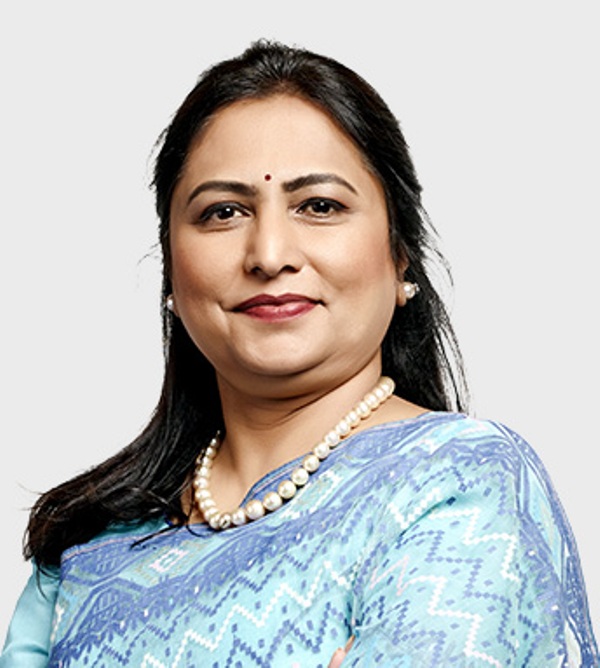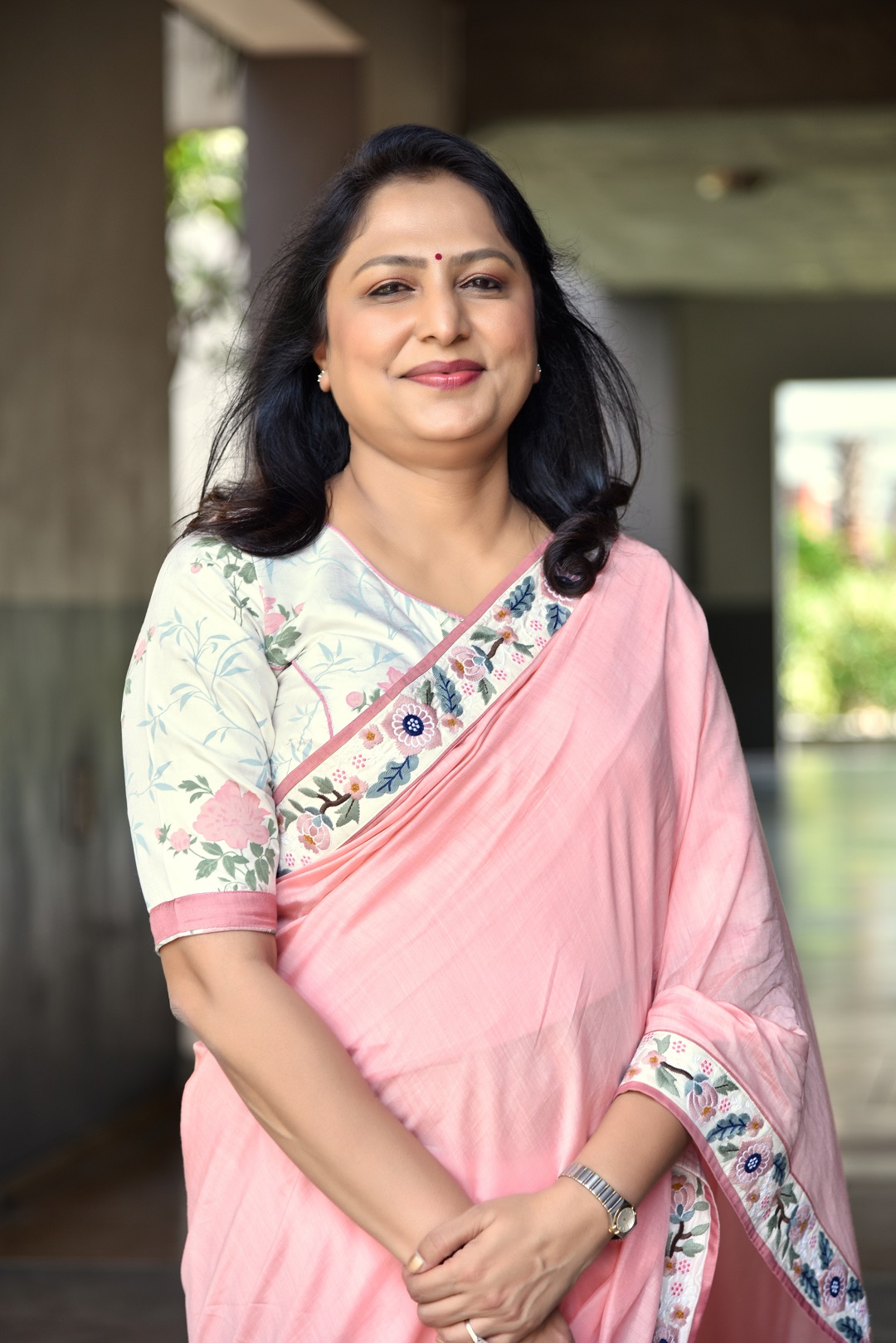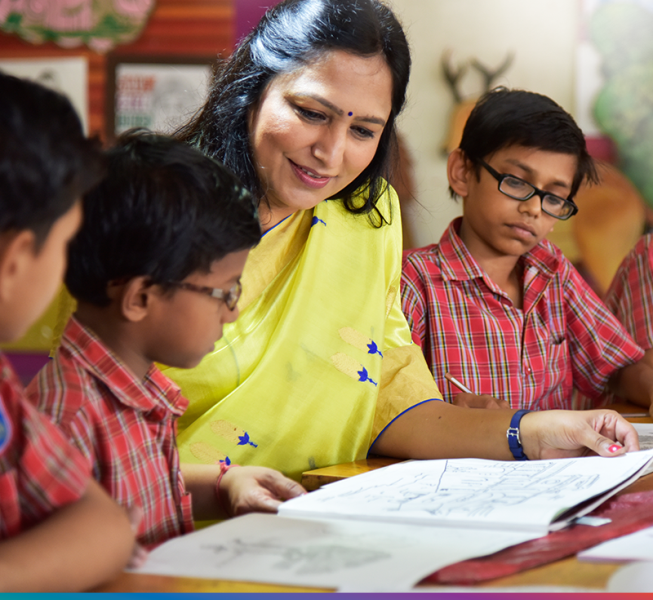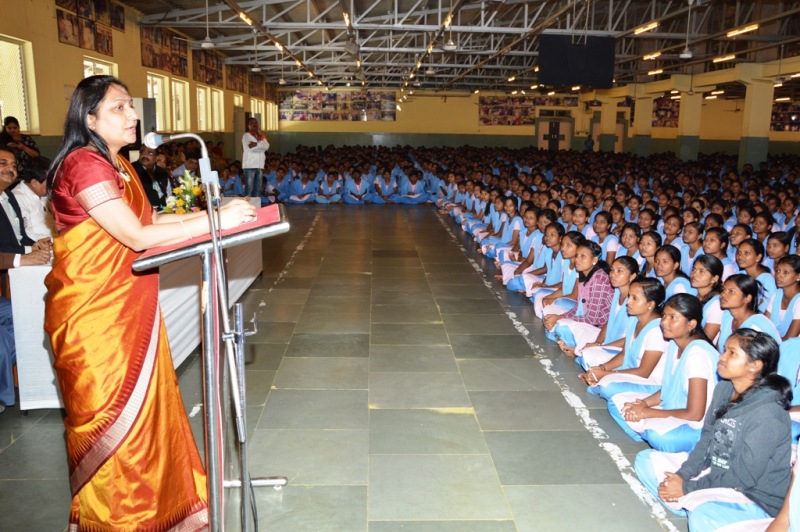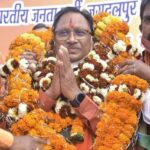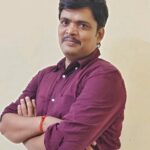Priti Adani Age, Caste, Husband, Children, Family, Biography & More
| Bio/Wiki | |
|---|---|
| Profession | Businesswomen |
| Famous For | Being the wife of the Gautam Adani (a billionaire industrialist and the founder of Adani Group) |
| Physical Stats & More | |
| Height (approx.) | in centimeters- 165 cm in meters- 1.65 m in feet & inches- 5’ 5” |
| Eye Colour | Black |
| Hair Colour | Black |
| Career | |
| Chairperson | • Adani Foundation • Kalinga Institute of Social Sciences (KISS), Delhi |
| Awards, Honours, Achievements | • 2010-2011: FICCI-FLOW Women Philanthropist Award • Banas Ratna Award in 2019 by Rotary Club of Palanpur |
| Personal Life | |
| Date of Birth | 29 August 1965 (Sunday) |
| Age (as of 2021) | 56 Years |
| Birthplace | Mumbai |
| Zodiac sign | Virgo |
| Nationality | Indian |
| Hometown | Mumbai |
| College/University | Government Dental College, Ahmedabad |
| Educational Qualification | She earned a Bachelors degree in Dental Surgery (BDS) at Government Dental College, Ahmedabad. [1]Adani’s Website |
| Relationships & More | |
| Marital Status | Married |
| Affairs/Boyfriends | Not Known |
| Family | |
| Husband | Gautam Adani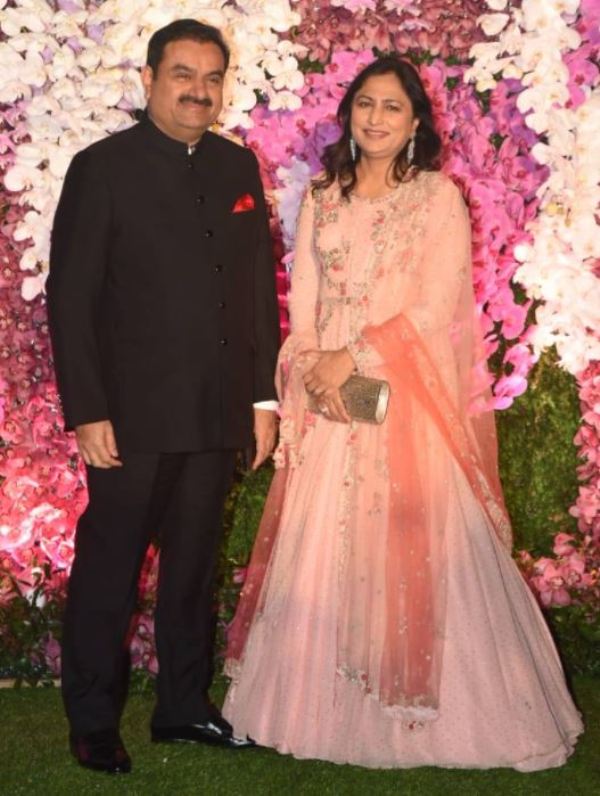 |
| Parents | The names of her parents are not known. |
| Children | Sons- Karan Adani and Jeet Adani Grand-Daughter- Anuradha Karan Adani 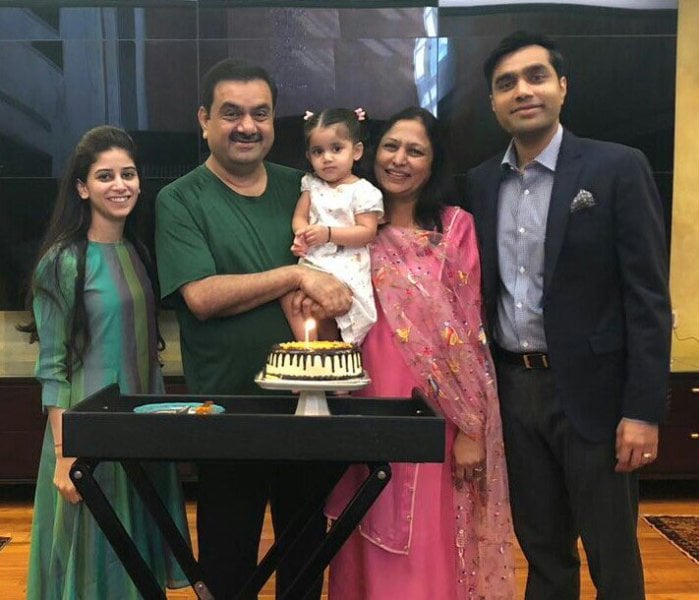 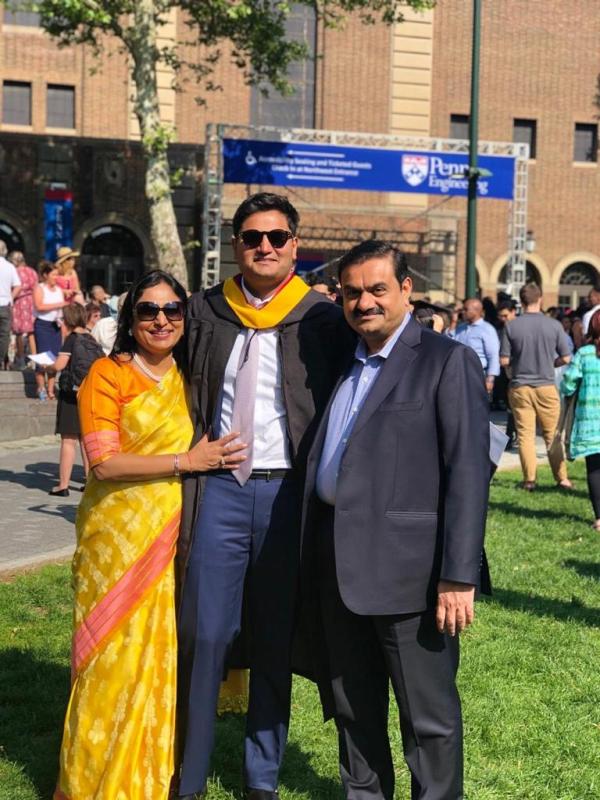 |
Some Lesser Known Facts About Priti Adani
- Priti Adani is the wife of a famous Indian industrialist and founder of the Adani group Gautam Adani. She is a dentist and an educationalist. She also provides her services as a philanthropist.
- She started working as a dental doctor soon after completing her graduation. In 1996, she joined the Adani Foundation as a chairperson.
- In Mundra, Gujarat she began a school in 2001 after the Bhuj Earthquake and named the school ‘the Adani DAV School.’ Later, the name of the school was changed to Adani Public School.
- In June 2009, Priti Adani, along with her husband, Gautam Adani, founded a school named Adani Vidya Mandir school in Bhadreshwar (near Mundra) and Ahmedabad. These schools were opened for the poor and needy students. The main facility available to these students in these schools is – free of cost higher secondary education.
- Later, she was also appointed as the chairperson of the Kalinga Institute of Social Sciences (KISS) Residential School in Delhi that is the world’s largest tribal educational institution and tribal university.
- In 2016, Priti visited the opening ceremony of the Kalinga Institute of Social Sciences (KISS), and there she elaborated the main motto behind the opening of these educational institutions under the Adani Foundation while addressing the students of KISS. She said,
Education is the most powerful tool for social transformation. Adani Foundation is happy to strengthen the educational scenario in the far off tribal areas of Odisha by partnering with the prestigious Kalinga Institute of Social Sciences.”
- A Skill Development Centre titled ‘SAKSHAM’ was integrated by Priti Adani on 16 May 2016. She began working as a managing director of the centre. This institution was formed to provide practical World Class Skill Development Training to the youth of India.
- Reportedly, under the management and guidance of Priti Adani, in 2018-19, the Corporate Social Responsibility (CSR) budget of Adani Group budget rose to Rs 128 crore from Rs 95 crore.
- As per Priti Adani, she joined Adani Foundation by her own choice. In a conversation with a media correspondent, she revealed that she chose the philanthropic sphere out of compassion, conviction and commitment. She disclosed,
I entered this field by choice. You know, when one chooses to work in the philanthropic sphere, one will see worldwide there are common three attributes – compassion, conviction and commitment. In this scenario, time is no constraint, one has to invest unlimited time.”
Priti Adani further mentioned that she started charitable organisations under the Adani Group with very simple and small initiatives for the welfare of the marginalised sections of the Indian society,
We started about two decades back. It started with a very small but simple initiative and gradually evolved to a lifecycle approach. Our goals are addressed to serve the needs and aspirations of the needy and marginalised sections of society, or “the last man on the developmental queue”. We focus on rural areas. The initiatives we have can be broadly divided into two categories: One is a Collective Impact Programme where we work in the core areas of education, community health and livelihood rural infrastructure, and address a particular geography.”
References/Sources:

